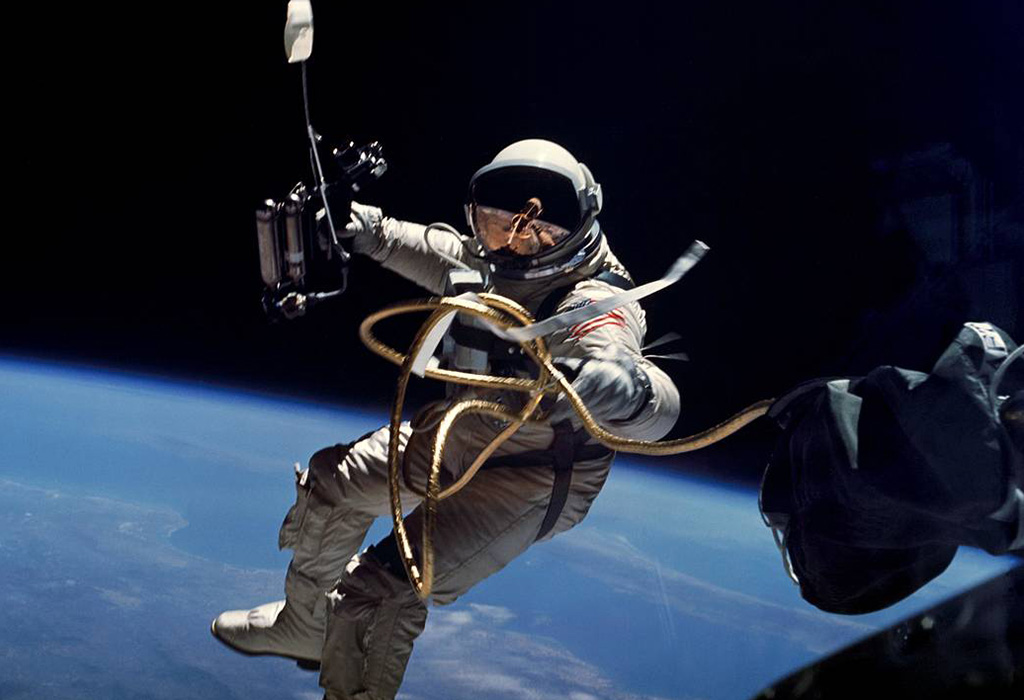Space shrapnel
We have a serious littering problem. In space.
Before the first satellite, Sputnik 1, was launched in 1957, space was pristine.
Now it’s full of discarded bits of rockets, non-functional and broken up satellites and flecks of paint. Even frozen droplets of fuel from exploded fuel tanks are floating around up there. It’s estimated that there are millions of bits of junk in space, with around 300 000 of them bigger than 1 cm.
So there’s lots of it. And they all have an enormous amount of kinetic energy. Everything in space moves relative to all the other objects in space at a speed of around 10 km/sec. That’s 36 000 km/hr—try and imagine what that speed actually feels like next time you’re zooming down the highway at a measly 100 km/hr.

Then imagine the impact of hitting something at 36 000 km/hr. It’s more devastating than most modern weapons used in war today. When a 3 mm fleck of paint hit a space shuttle window, it nearly penetrated all the way through armoured glass 5 cm (2 in) thick. NASA has calculated that it would take a piece of debris just 1 cm in diameter to penetrate the cabin of a spacecraft. Larger than 10 cm and your spacecraft is cactus.
Space walks have been forbidden for the past 20 years, unless strictly necessary, because it’s simply too dangerous—there are millions of objects that would have the ability to penetrate an astronaut’s space suit.
And the problem is kind of self-sustaining … every time two pieces of space junk collide, they smash apart, creating more and more smaller pieces of rubbish which creates more and more clutter.
So what happens if all this junk continues to accumulate? Well, we’re going to have some issues.





